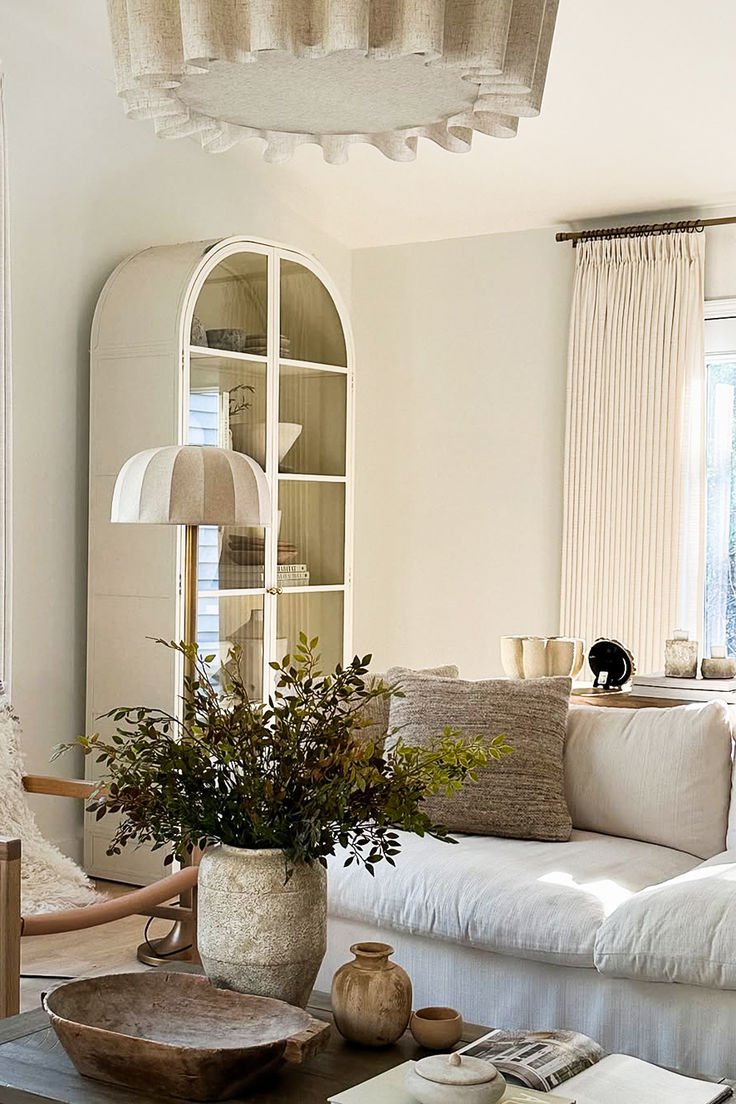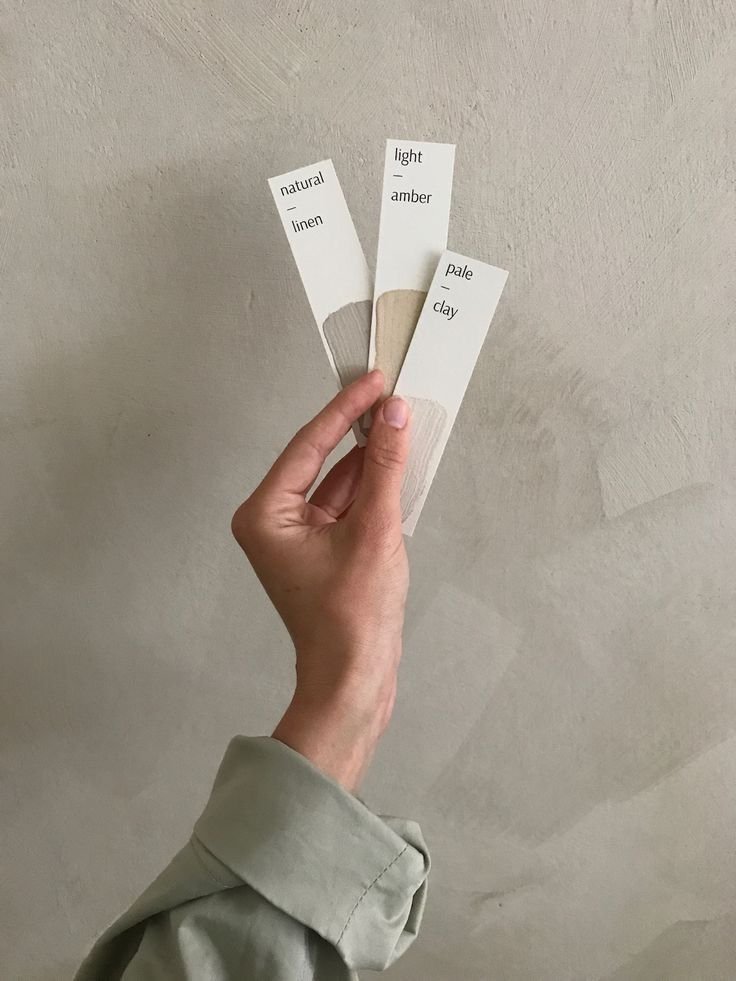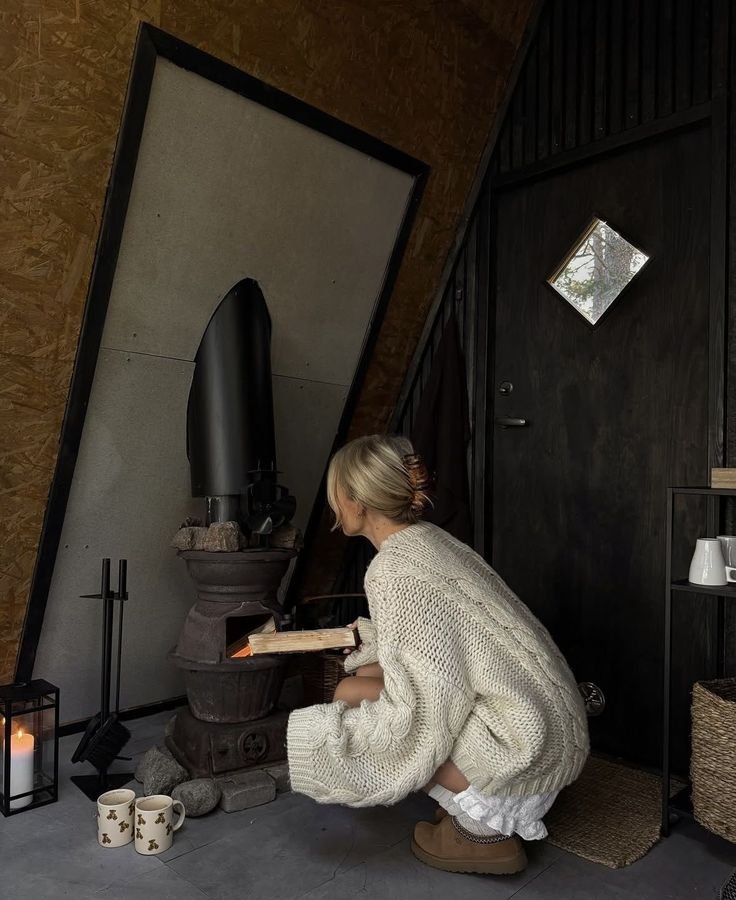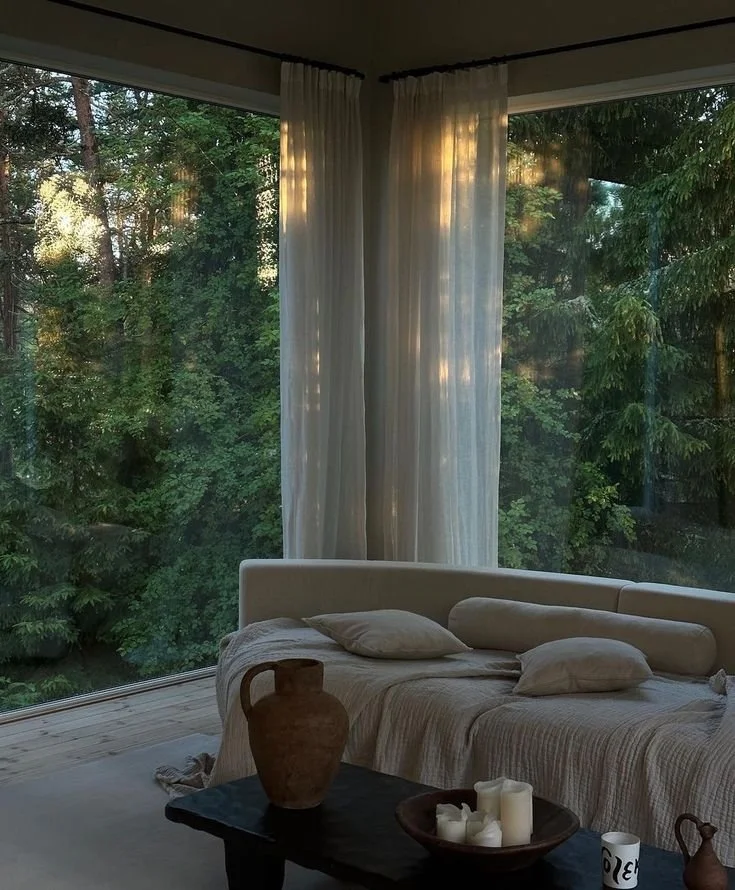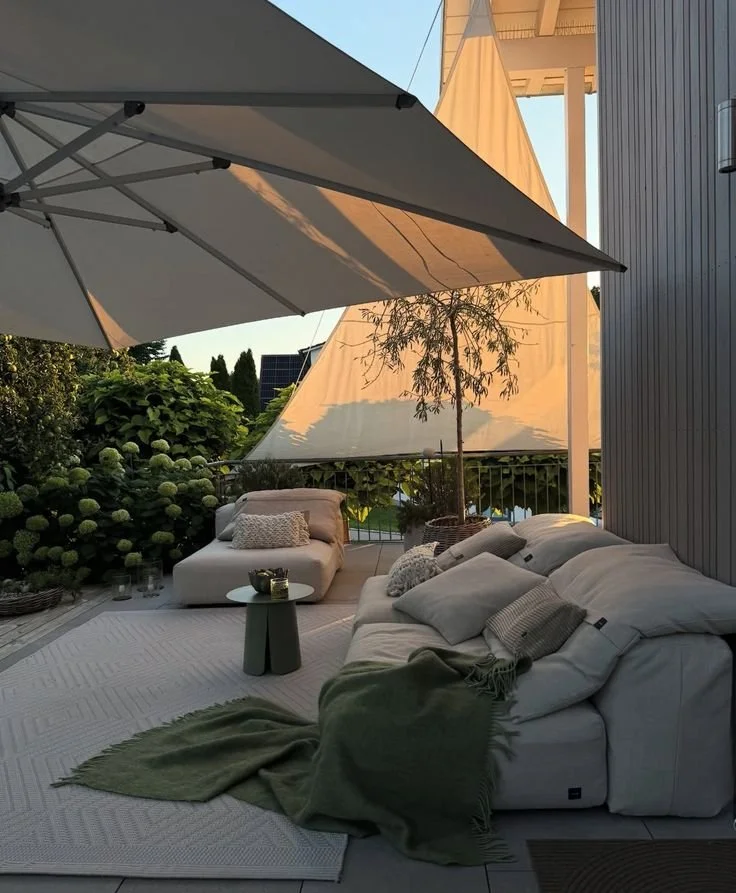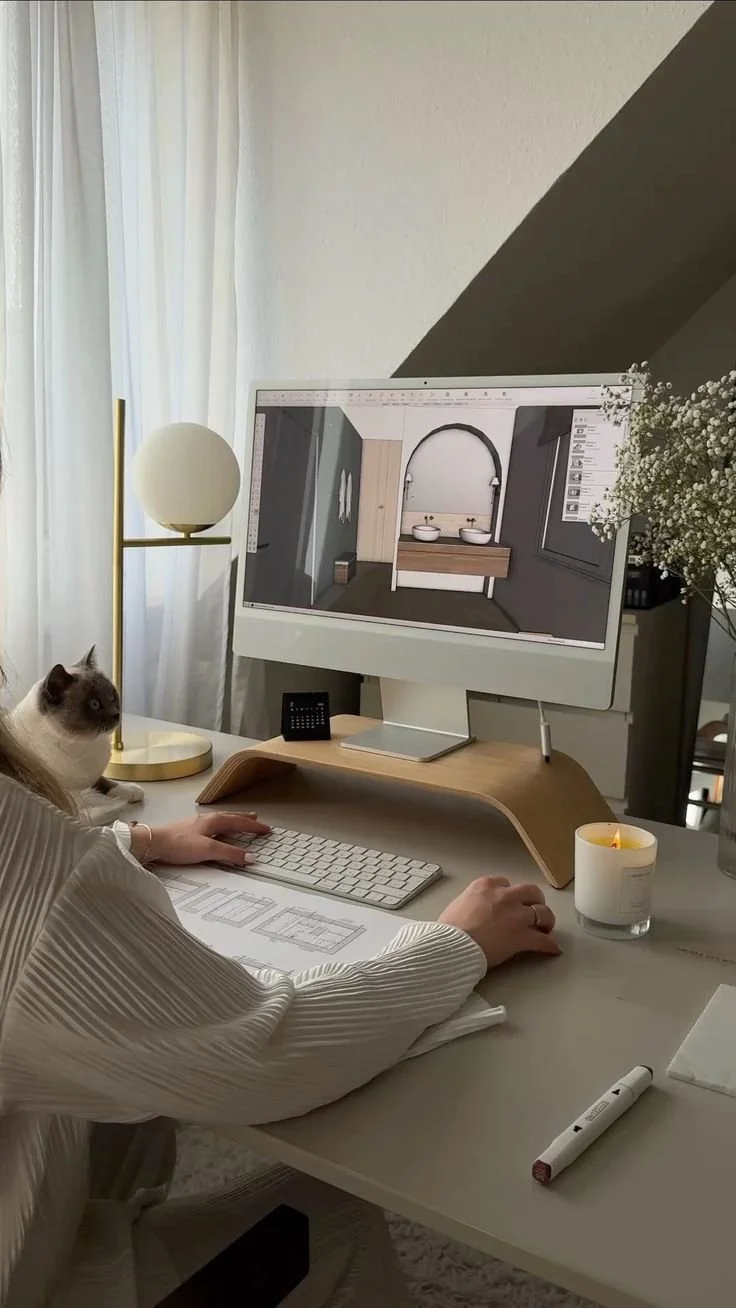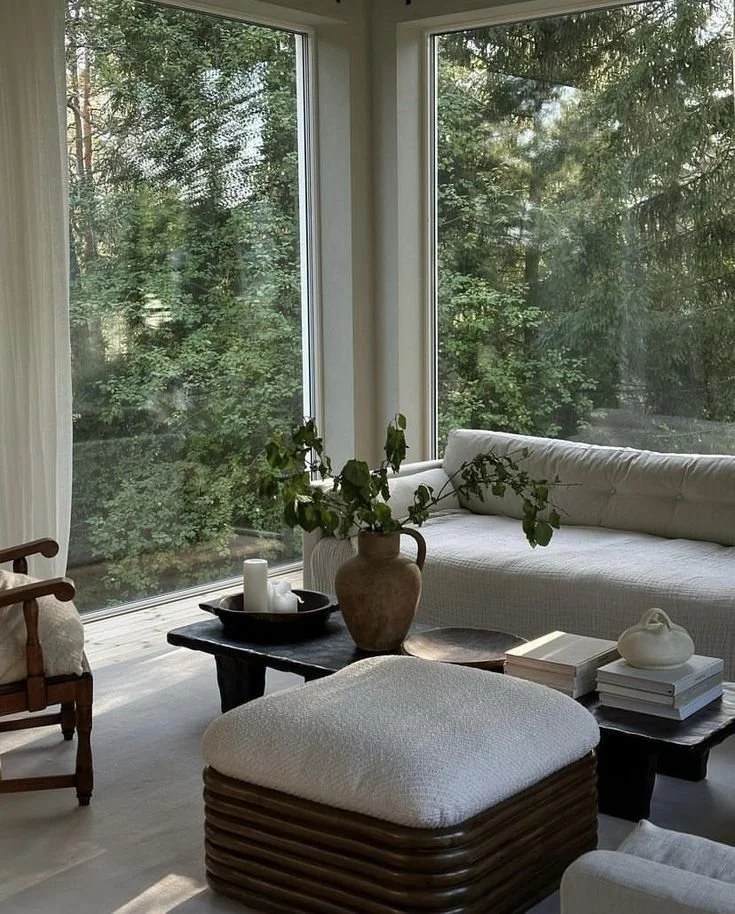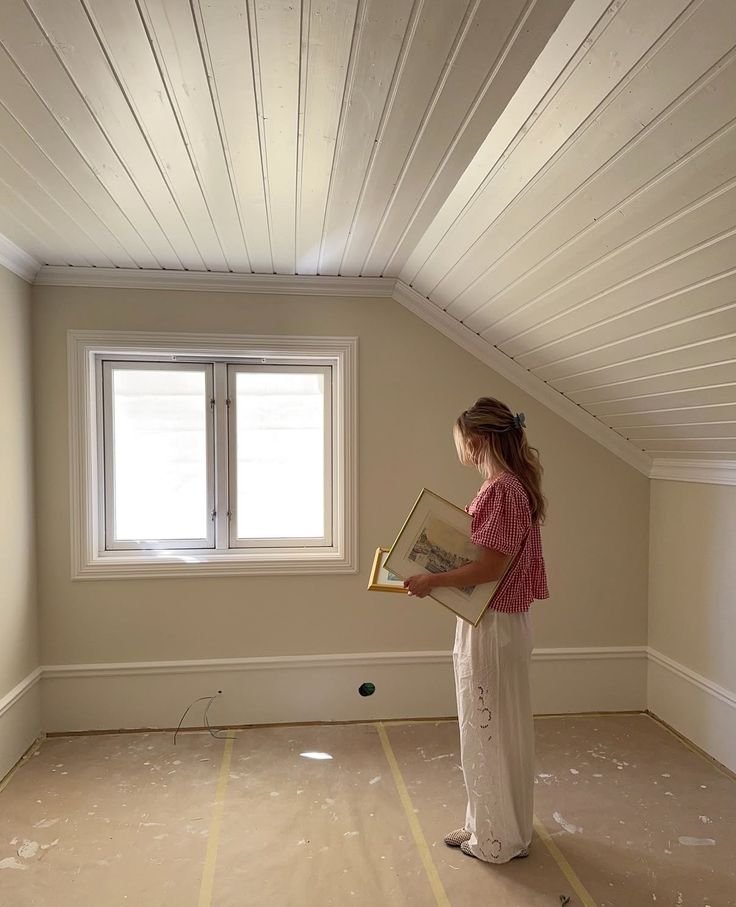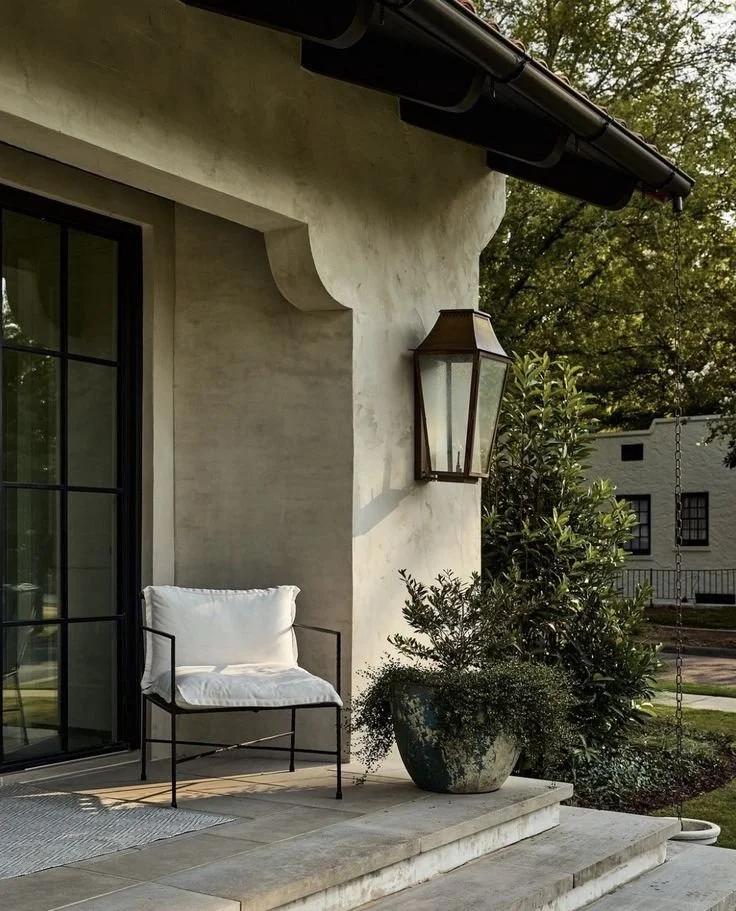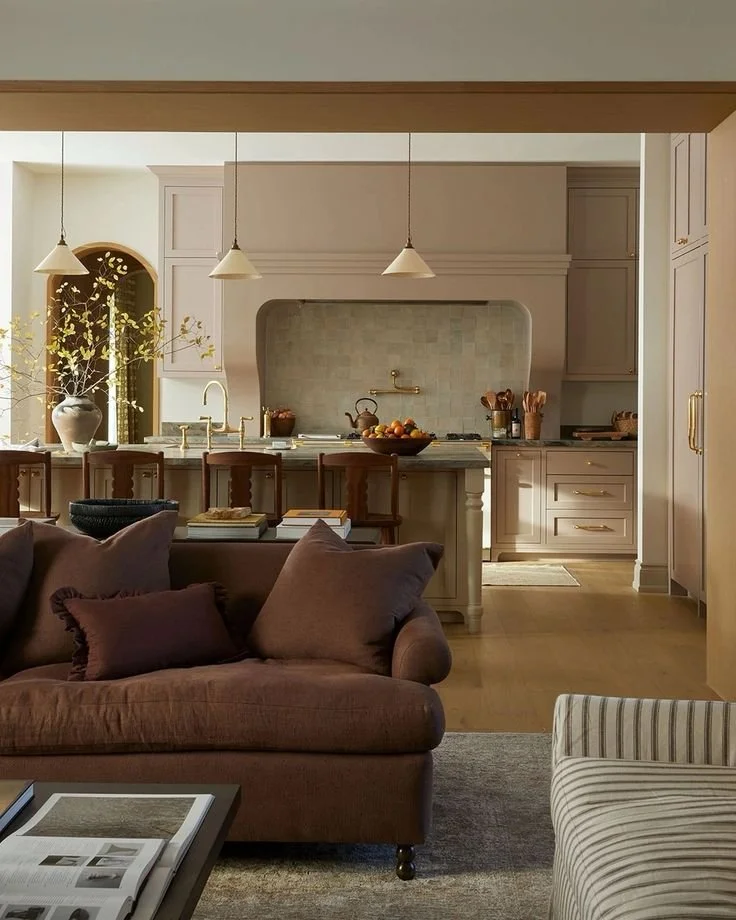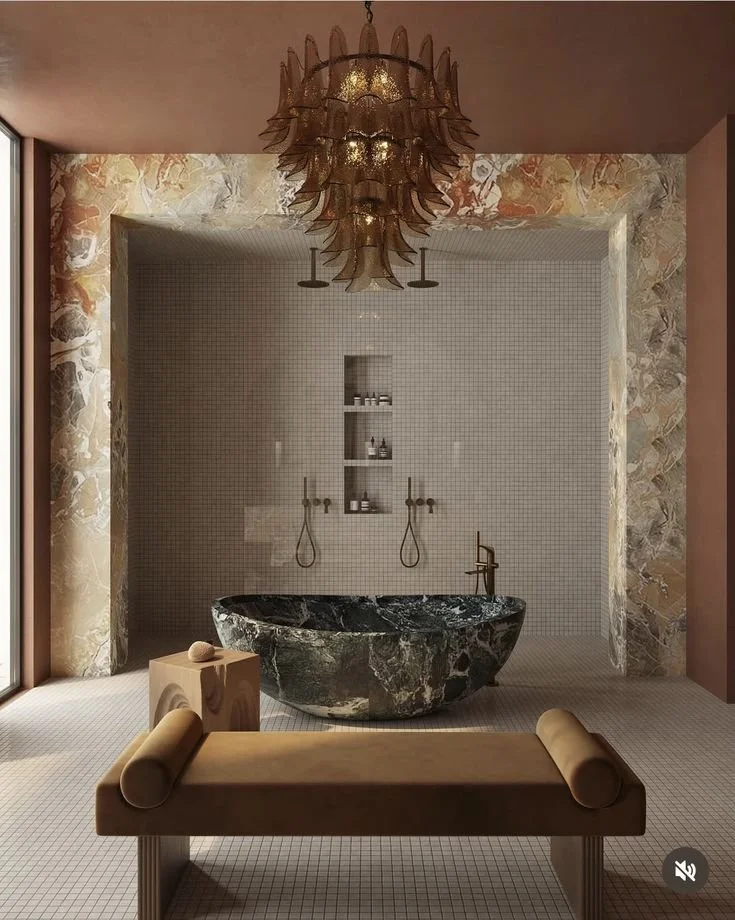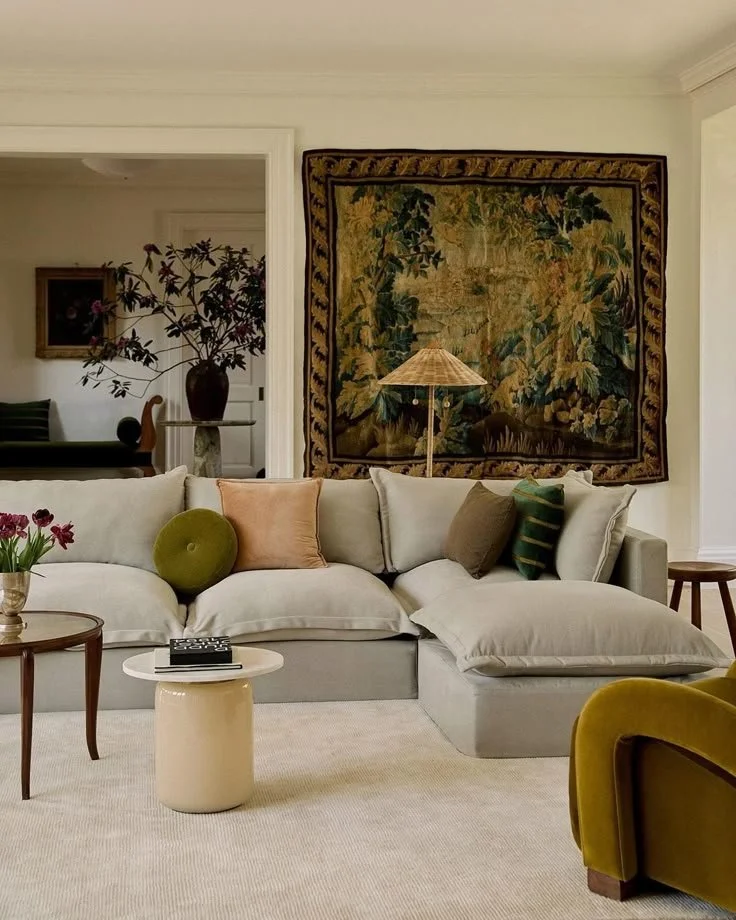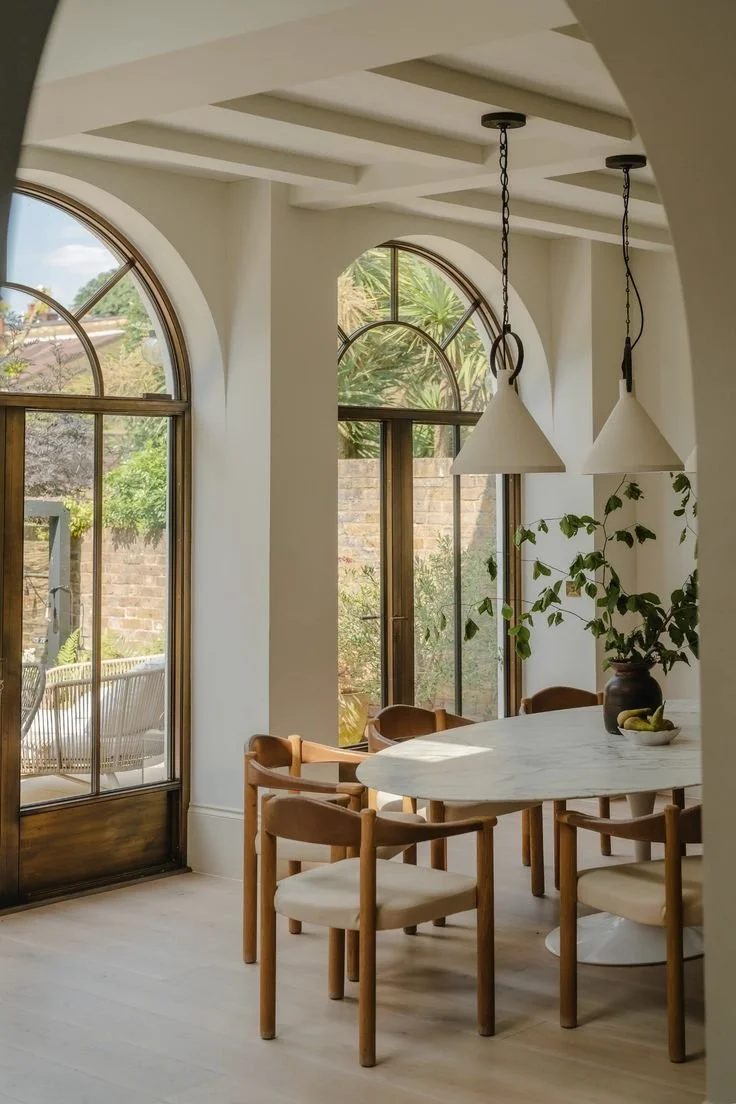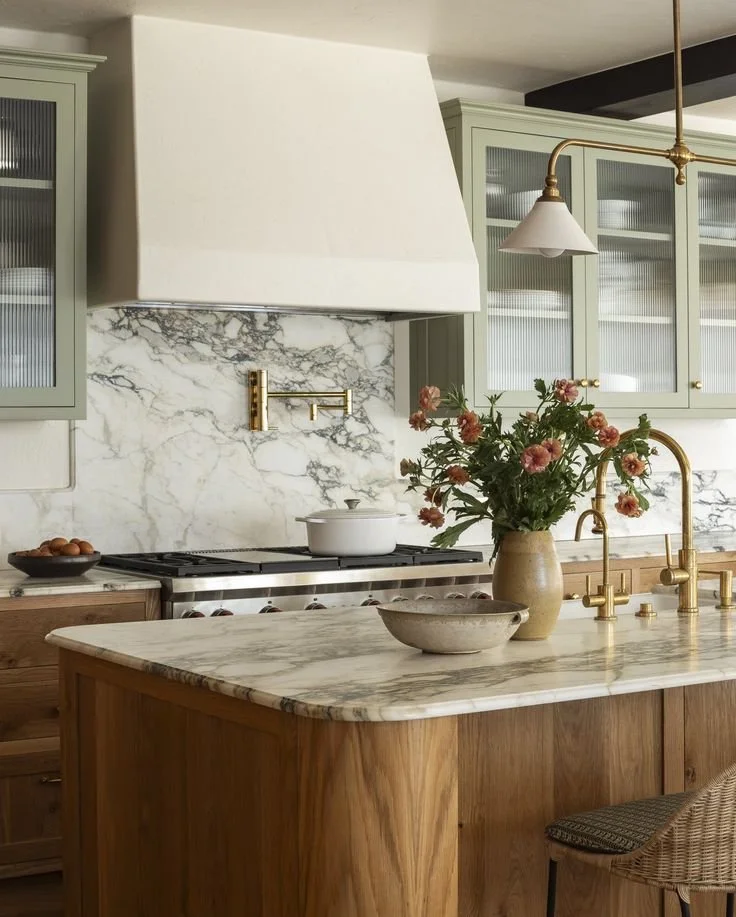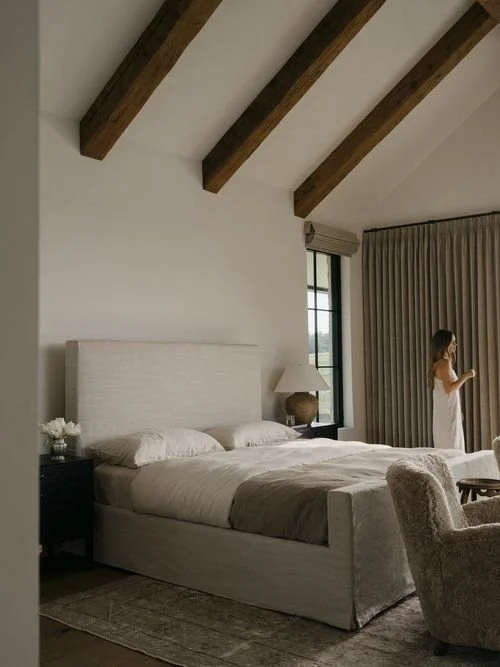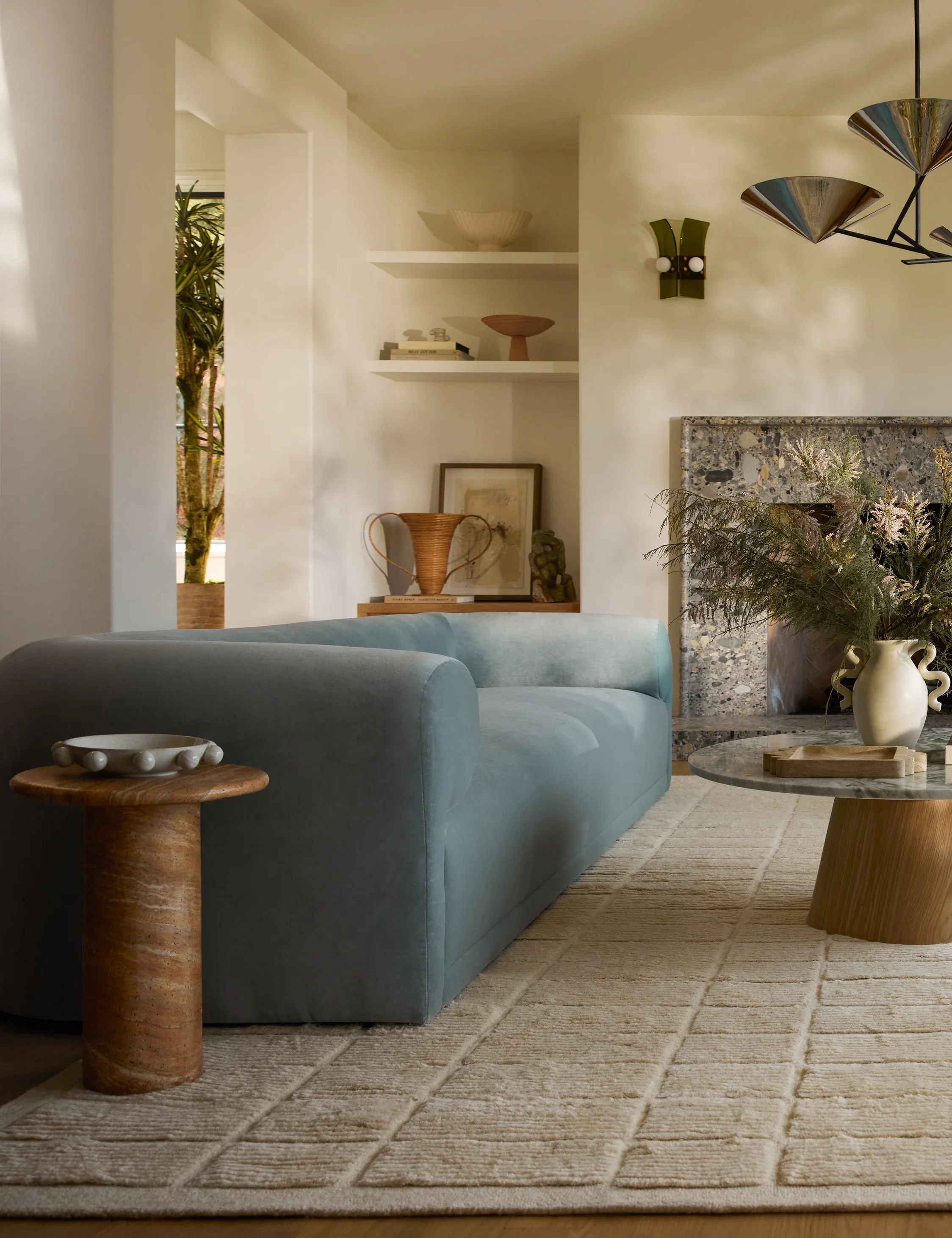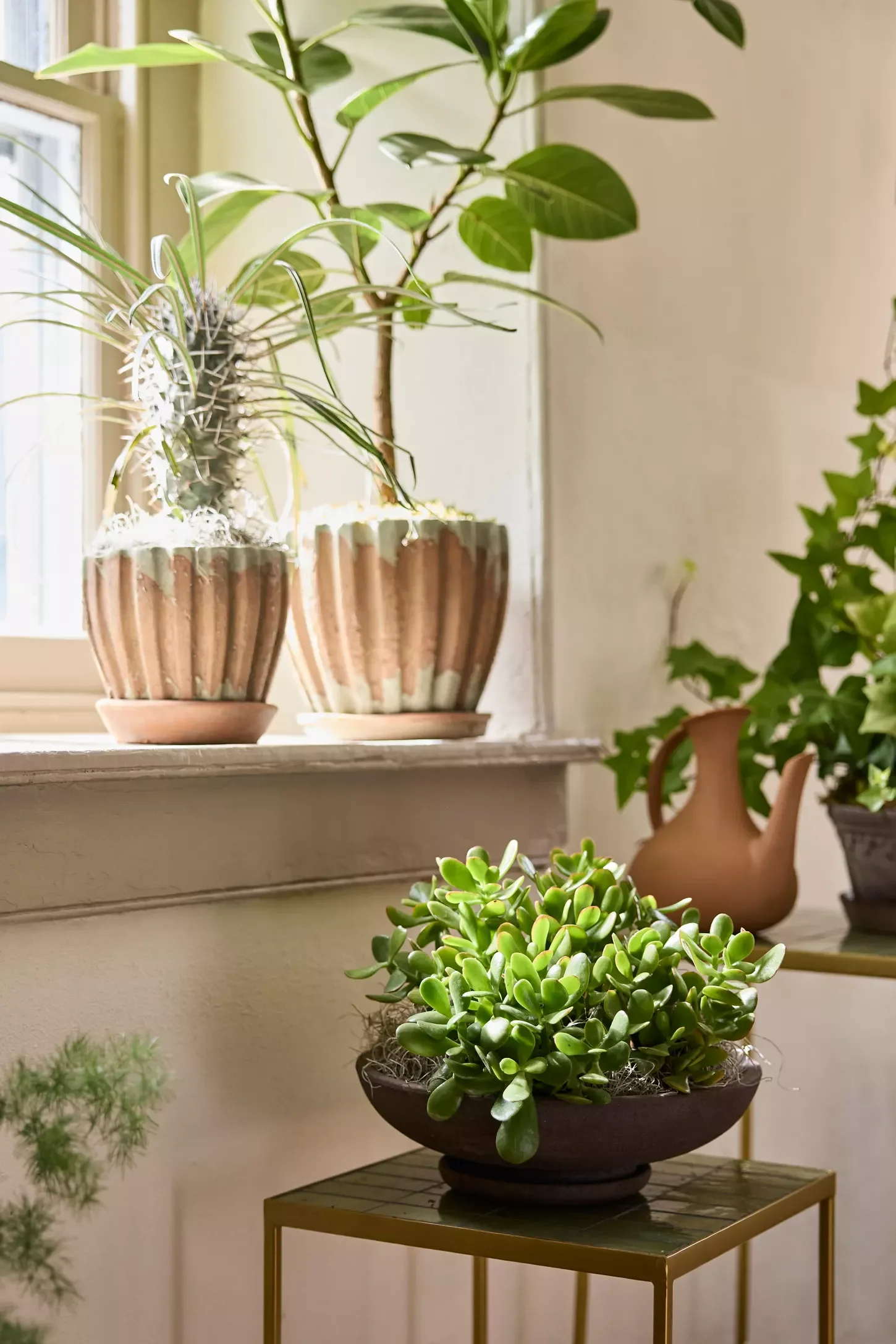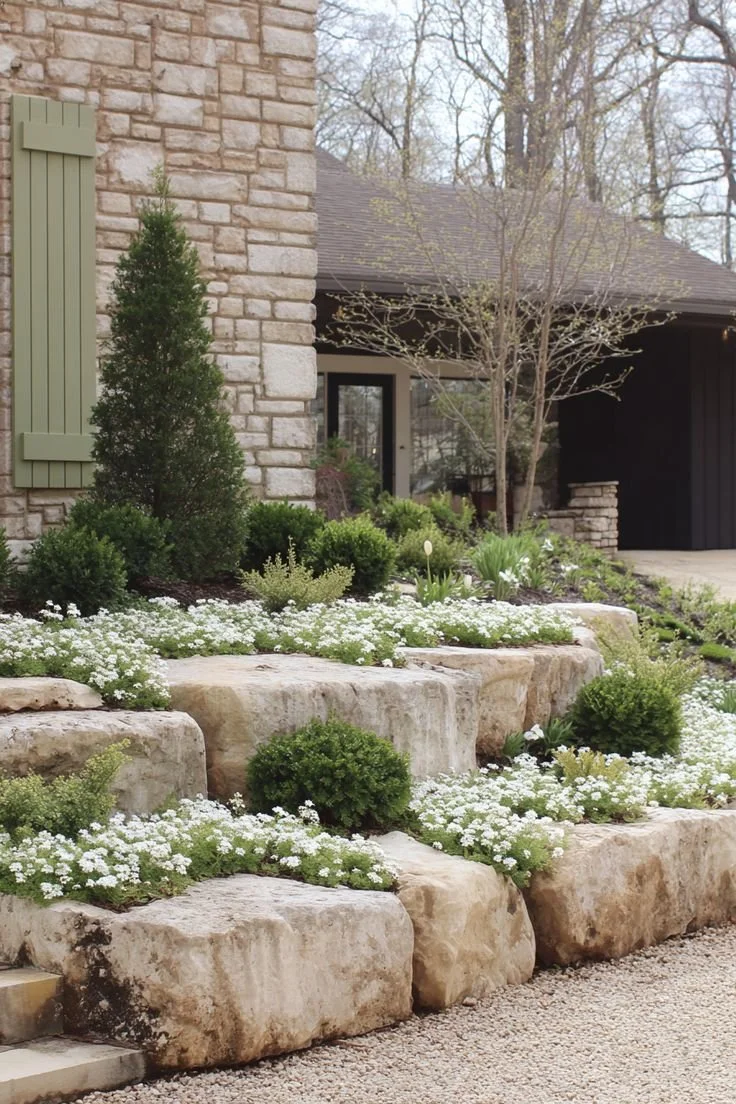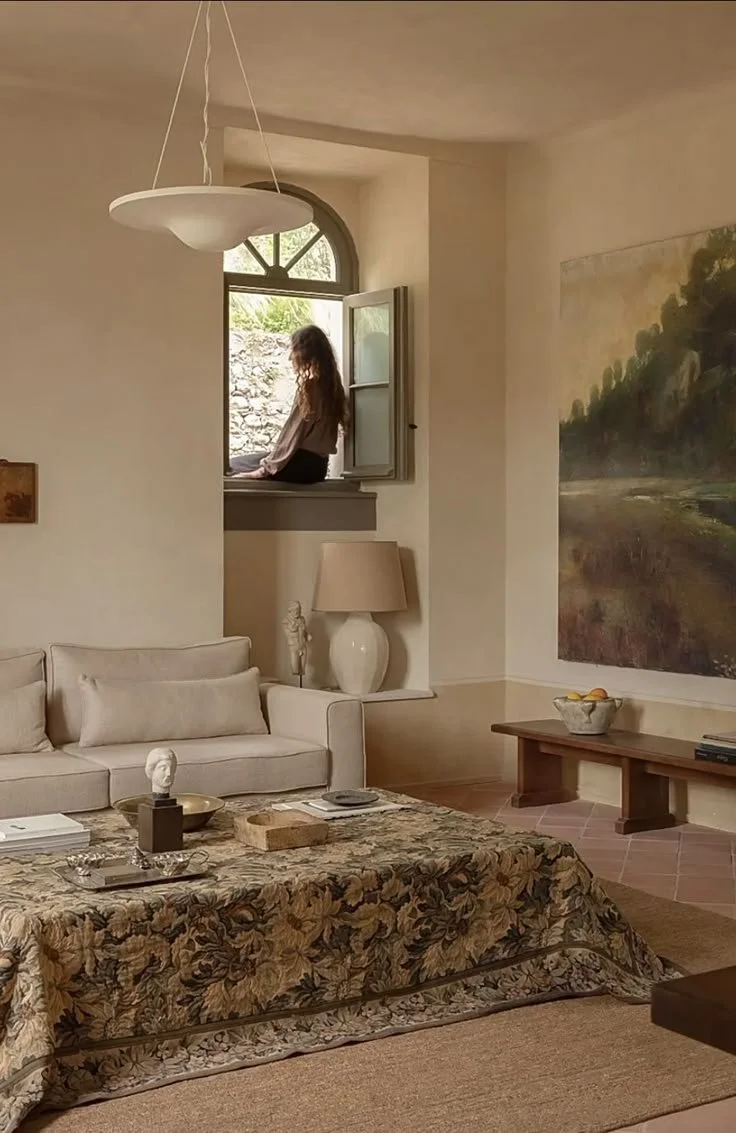5 Key Elements Of Interior Home Design
Interior home design is more than just choosing pretty furniture or matching color palettes — it's about creating a space that reflects your personality, supports your lifestyle, and enhances the functionality of your home. A well-designed interior doesn’t just look good; it feels right. It improves how you move through your space, how you feel in it, and how it serves your daily needs.
Whether you're redesigning a single room or revamping your entire home, understanding the core principles of interior design is crucial. These foundational elements — space, color, lighting, texture, and form — work together to create cohesive, comfortable, and visually stunning interiors.
In this guide, we explore five key interior design elements that can elevate your home and help you make informed, stylish decisions.
No. 1
Space
Space is the canvas of interior design. Understanding the dimensions and layout of your room allows you to make the most of what you have. Whether you're working with a compact apartment or a spacious open-concept home, space planning is essential.
Key considerations include:
Room shape and size: These determine furniture placement and flow
Empty vs. filled space: Not every inch needs to be occupied — negative space is just as important
Three-dimensional planning: Think in terms of length, width, and height to optimize your layout
When selecting furniture or planning a layout, consider using tools or shopping from reputable sources to find pieces that fit your space and style. You can also tour a home store to get ideas on which furniture works best in your space.
No. 2
Color
Color is one of the most powerful tools in interior design. It sets the tone of a room, influences mood, and can even affect how large or small a space feels. While choosing colors for your home’s interior design isn’t easy, understanding color psychology and theory allows you to create intentional atmospheres.
Warm tones (reds, oranges, yellows) energize and stimulate
Cool tones (blues, greens, purples) calm and relax
Neutrals (whites, grays, beiges) provide balance and versatility
When building your color palette, consider these essential components:
Shade: A color mixed with black
Tint: A color mixed with white
Saturation: The intensity or purity of a color
Value: The lightness or darkness of a color
Chroma: The vividness or dullness of a color
A harmonious color scheme can tie a room together and make it feel cohesive and inviting.
No. 3
Lighting
Lighting is more than just a functional necessity — it’s a transformative design element. The right lighting can highlight architectural features, enhance textures and colors, and set the mood of a room.
There are three primary types of interior lighting to consider:
Ambient lighting: Provides general illumination. Use ceiling fixtures, chandeliers, or wall sconces.
Accent lighting: Draws attention to specific features like art or decor. Achieve this with spotlights or picture lights.
Task lighting: Illuminates specific areas for activities like reading or cooking. Think desk lamps or under-cabinet lights.
Lighting also affects mood:
Warm, dim lights promote relaxation
Cool, bright lights enhance focus and energy
Strategically layering these lighting types creates a dynamic and functional space.
Two Pages Curtains
Transform your space with Two Pages curtains, blinds, and shades.
Elegant designs meet functionality to enhance any room. Create the perfect ambiance while enjoying privacy and light control.
Elevate your decor today!
No. 4
Texture
Texture adds depth and interest to your interiors. It engages the senses and helps balance visual elements by adding contrast or harmony.
There are two types of texture in interior design:
Tactile texture: How a surface feels (e.g., soft velvet, rough wood)
Visual texture: How a surface appears to feel (e.g., faux fur, printed patterns)
Incorporate texture through:
Furniture: Upholstery, wood finishes, metal accents
Textiles: Rugs, curtains, cushions, throws
Decor: Vases, sculptures, wall art
Architectural elements: Exposed beams, brick walls, paneling
Wall and floor coverings: Wallpaper, wood panel, tile, hardwood, or carpet
Using a mix of textures creates a layered, inviting look that makes your home feel more lived-in and luxurious.
No. 5
Form
Form refers to the shapes within a space — both in the structure of the room and the objects within it.
It can be categorized into:
Geometric forms: Clean, structured shapes like squares, rectangles, and circles
Natural forms: Organic, flowing shapes inspired by nature
A well-balanced design incorporates both types of form to create visual interest and harmony.
Tips for using form effectively:
Avoid overusing one type of form to prevent a space from feeling too rigid or chaotic
Use form to guide the eye and create focal points
Combine forms with complementary textures and colors for a cohesive look
Form gives your space personality and helps define its style — whether modern, rustic, minimalist, or eclectic.
Takeaways
Interior design is both an art and a science. By understanding and applying the five essential elements — space, color, lighting, texture, and form — you can transform your home into a space that is not only beautiful but also functional and reflective of your personality.
Whether you're redecorating a single room or designing an entire home, these principles provide a solid foundation for creating interiors that feel intentional, harmonious, and uniquely yours. While many homeowners enjoy tackling design projects themselves, complex renovations or whole-home makeovers often benefit from professional expertise.
Learning how to choose an interior designer can help ensure your vision is executed flawlessly, especially when dealing with structural changes, custom millwork, or coordinating multiple trades. Professional designers bring valuable experience in space planning, vendor relationships, and project management that can save both time and costly mistakes.
So before you pick up that paintbrush or buy that new sofa, take a step back and consider how each design element will work together. With thoughtful planning and a clear understanding of these fundamentals, you’ll be well on your way to crafting a space you’ll love coming home to.
Looking for HOme resources?
Looking to enhance your living space and create a sanctuary that supports your well-being? Explore our home partners who offer a wide range of resources to elevate your home environment.
